Partner Article
Sketch vs. Photoshop: A Significant Battle
A good website is essential for your business for your business to succeed in this competitive world, but it cannot be amplified nonetheless. More and more people are running after online business and trends seems to be ahead further in the direction as forecasted. Before a decade, websites appears to be relatively a new concept it was not considered as critical as the online market today has become hyper competitive. With millions of websites available on the web, it is important to get noticed in the crowd.
It has been observed that the attention span of the visitors is becoming shorter. Nowadays, people stay for not more than 20 seconds on a website, and if they do not get the relevant information, then they switch to another website. One of the major reason can be Web design. Think of a person who is smart, and good looking. Would you not like to look at him for longer time duration? Think of a park, which has excellent infrastructure. Would you not like to stay for longer hours to enjoy the greenery and beauty of its environment? The same goes with the website.
If the website is aesthetically appealing and attractive, then the user might like to stay for longer time duration. If not, then the user will take no time to switch. The web designing has been sharpened these days by its tools. The web designing industry has taken a leap in what technology allowed and what user expected.
Here are some Best Web Design Tools.
1. Adobe Photoshop: It is one of the giant and will be discussed later in this blog.
2. Affinity Designer: It should not be discussed with Affinity photo. Affinity Designer possess a sufficient layout and cost at around $50.
3. UXPin: It is the application which covers the entire design process from static wireframes to hi-fi mockups and animated prototypes.
4. Colors: It helps the designers to fill in the finer color details. It generates the color randomly, thus giving many choices of color schemes to the designers.
5. Pixelmator: It is one of the fastest designing tools, but lack the power for heavier sites. It is only for Mac users.
6. Sketch: It appeared to be like an image editor but built primarily for digital design.
7. Photo Design: It offers features like photo editing, vector editing, desktop publishing or text layout capabilities. It is less expensive than Photoshop products.
8. Color Safe: It helps to improve the readability of text and background by optimizing its color contrast.
So now that you are aware of the best resources for the web designers. Here is the comparison between the Sketch and Photoshop, which are the latest buzzwords in the designing industry.
Photoshop: A Designer’s Hammer
Photoshop is the widely accepted tool for designers and referred to as a designer’s “hammer.” As a result, the proficient web designers are well aware of Photoshop. Every designer is very conscious of PSD. They are nothing but native files created by Photoshop. It consists of layers which can be separated and manipulated. Clients usually use these for references, while front-end developers know how to use them and how to efficiently convert PSD to HTML files. They are easy to share. However, with the arrival of Photoshop CC 2014, Photoshop has proved himself more than just a mere photo-editing tool. It is considered as a friendly tool for web designers too, who works for digital designing.
Here are some of its great features:
- Libraries: This feature is mainly for web designers. It helps to create and update the properties of layers in Layer Comps.
- Smart Guides: It helps in displaying the spaces between your elements.
- Image assets generation: It contributes to rename your layers to generate automatically image assets.
- CSS Generation: On a right-click of a layer, you can create a CSS. Photoshop will analyze the content and help the user to create a clean CSS.
- Web fonts: The members of the Creative Cloud can directly use Typekit web fonts inside Photoshop CC.
- Color management: You may choose the color according to your wish and a new Color panel too.
- Layer comps. Layer comps help the designer to make modifications in the design by twisting the attributes, positioning, and the visibility of elements.
The rise of Sketch
The Sketch was designed with the motive to provide graphics tools for UI designers. It has a clean and simple interface. It organizes all the documents that a designer may have and make revisions on Sketch. It comes with tools that can be twitched using CSS3 and HTML. But the hard fact is that it lacks the extensive photo editing capabilities similar to Photoshop. It is so because it doesn’t have 3D tools, inappropriate photo filters, and features which significantly affect your designing speed i.e. it does not work with specific features to execute well-defined digital designs.
In other words, we can say Sketch only provides the things which are significant for your web and UI project. This helps to finish work faster. That’s all?
Here are some of its features:
- Precision: It adapts to the changing styles, sizes, and layouts. Thus, shirking the hard work of the designer to painful hand-tweaking.
- Objects: Every shape you create in the sketch is an item in the Layers List. The flexible boolean operations help you combine paths to create complex shapes.
- Inspector: It helps to change the attributes of elements and layers of color, size, position, shadow, etc. Each attribute supports CSS, so developing styles in code become easy to implement in code.
- Reusable Elements: Smart objects in Photoshop are reusable elements. This can be applied to various pages and artboards in a project.
- Export Assets: It provides the ability to export vector-based elements at different sizes and file types. This is useful for iOS designing.
- iOS Mirror: As you proceed in designing, Mirror allows you to preview your work. This makes observing the updates cautiously than exporting and uploading each image to your device.
Who won the Battle? Sketch vs. Photoshop
Photoshop is a big legacy. Designers are unwilling to switch and say goodbye to the Photoshop, which they are using for longer time duration. But on the other side of the pitch, if you see that Photoshop has improved your overall design process. Apart from this, one can also expect vector-based, flexible and resolution-independent design from it.
But the great news is that Sketch is very similar to Photoshop. It has more or less same features as Photoshop. For instance, keyboard shortcuts, layer blending, styles, blur, noise, patterns, etc., Although it has not spoiled the fun of using Adobe, it has given a great challenge to it. It’s a sound designing tool that has completely adapted to modern design standards. The team behind Sketch is open to feedback.
Now it is up to you!
This was posted in Bdaily's Members' News section by Samuel Dawson .

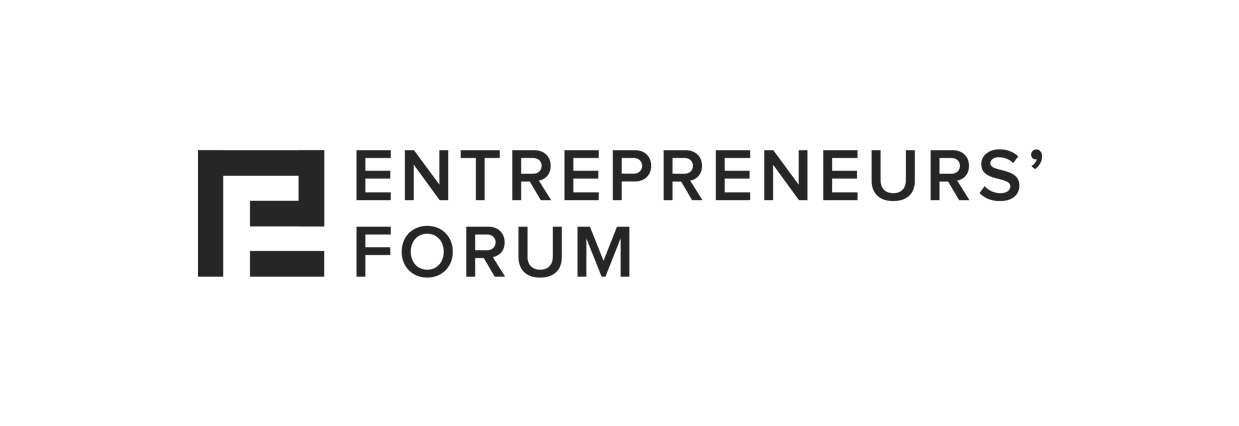
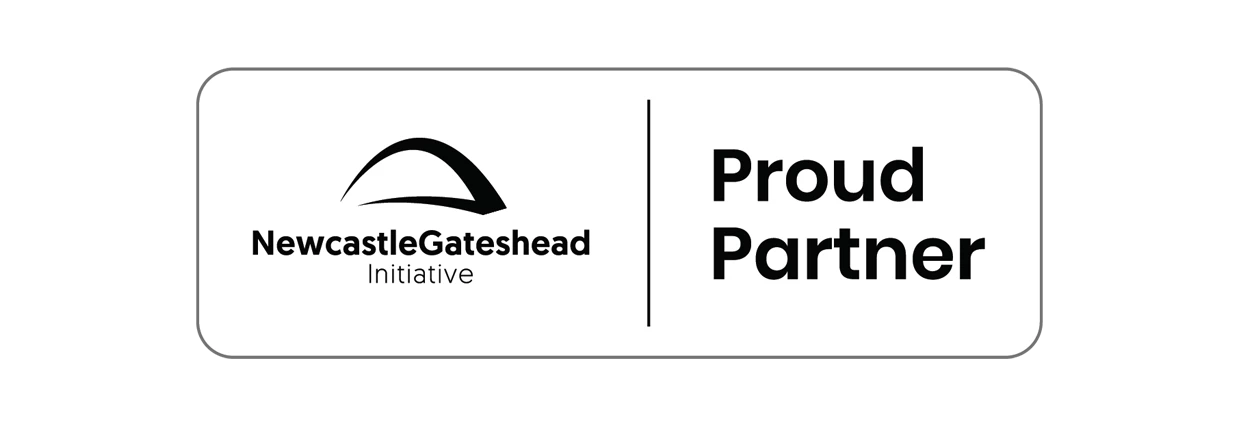

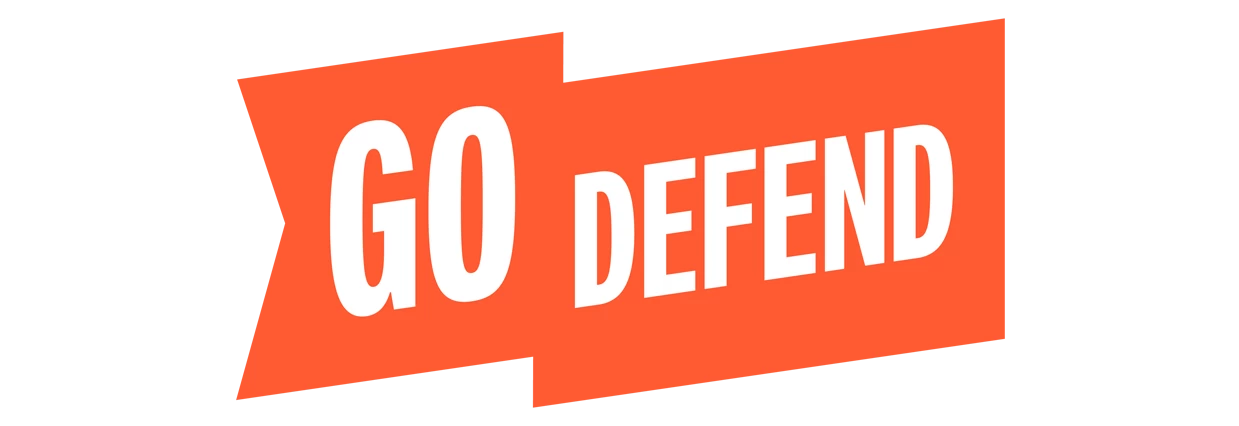
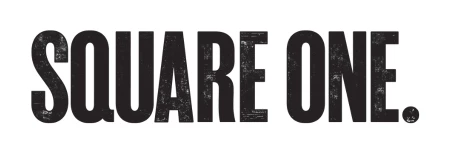
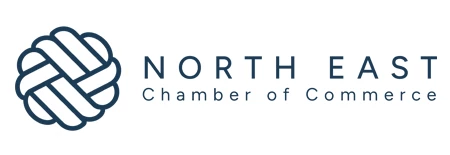
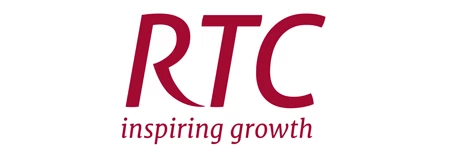
 Have stock markets peaked? Tune out the noise
Have stock markets peaked? Tune out the noise
 Will the Employment Rights Bill cost too much?
Will the Employment Rights Bill cost too much?
 A game-changing move for digital-first innovators
A game-changing move for digital-first innovators
 Confidence the missing ingredient for growth
Confidence the missing ingredient for growth
 Global event supercharges North East screen sector
Global event supercharges North East screen sector
 Is construction critical to Government growth plan?
Is construction critical to Government growth plan?
 Manufacturing needs context, not more software
Manufacturing needs context, not more software
 Harnessing AI and delivering social value
Harnessing AI and delivering social value
 Unlocking the North East’s collective potential
Unlocking the North East’s collective potential
 How specialist support can help your scale-up journey
How specialist support can help your scale-up journey
 The changing shape of the rental landscape
The changing shape of the rental landscape
 Developing local talent for a thriving Teesside
Developing local talent for a thriving Teesside